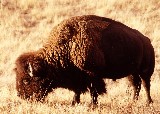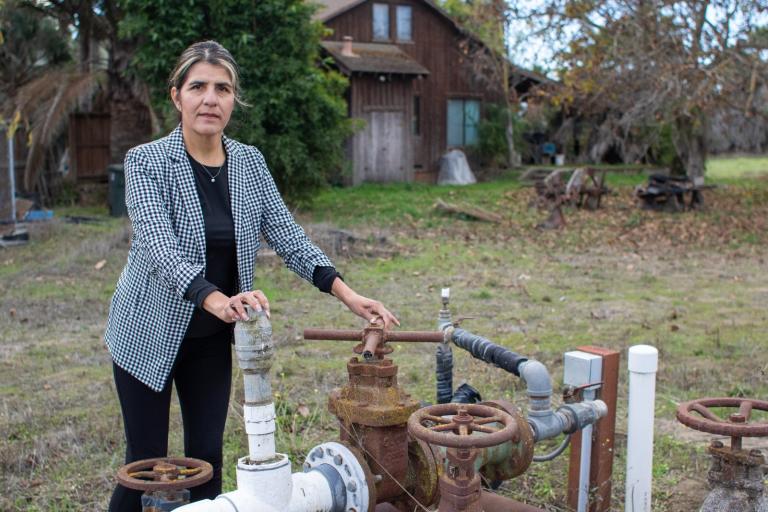 Every once in a while, a pearl tossed to the swine (we Gristmill commenters) by a fellow Sus scrofa domestica (that’s for you, Canis) sticks in my ear. Blame this one on amazingdrx. He mentioned that a concerted effort to restore our prairies could sequester underground much of our carbon without any new technology or the warming effect of temperate tree plantings.
Every once in a while, a pearl tossed to the swine (we Gristmill commenters) by a fellow Sus scrofa domestica (that’s for you, Canis) sticks in my ear. Blame this one on amazingdrx. He mentioned that a concerted effort to restore our prairies could sequester underground much of our carbon without any new technology or the warming effect of temperate tree plantings.
Harvesting a mix of prairie grasses to displace coal in a power plant is many times more efficient and ecologically benign than converting it to liquid fuel, and would tie in nicely with the URGE2 concept. I’m not licking boots here. URGE2 is a powerful idea.
It would be better than letting the above ground part of the prairies burn without producing power, which was also once part of the natural cycle of prairies. You kill several birds with one stone: sequester carbon underground, produce renewable power, and bring the prairies, black-footed ferrets, prairie chickens, and bison back (maybe harvesting buffalo instead of domestic cows). I’d gladly pay double for a free-range bison burger resulting from population culls.
There is a new book out there on my read list called The Worst Hard Time by Timothy Egan. From reviews on Amazon.com (which no longer sells shark fin soup):
He grounds his tale in portraits of the people who settled the plains: hardy Americans and immigrants desperate for a piece of land to call their own and lured by the lies of promoters who said the ground was arable.
The Dust Bowl was the product of reckless, market-driven farming that had so abused the land that, when dry weather came, the wind lifted up millions of acres of topsoil and whipped it around in “black blizzards,” which blew as far east as New York. This ecological disaster rapidly disfigured whole communities. He tells of towns depopulated to this day, a mother who watched her baby die of “dust pneumonia,” and farmers who gathered tumbleweed as food for their cattle and, eventually, for their children.”
Those in Indonesia and Brazil who are burning down the last rainforests and murdering people are in every way repeating what was done on the prairies to native Americans. One year ago, areas of Brazil were reeling from drought:
Cargill is even closing a processing plant for a month for lack of inputs. Farmers have defaulted on one-third of the government loans so far this year.
Today they boast of record soybean harvests, and the areas of the Amazonia rainforest preserve that were illegally converted to soybean fields in Mato Grosso are about to be permanently declared separate from that preserve so that they can remain soybean fields.
Brazilian farmers have already started to harvest what’s being projected as a record-breaking soy crop for Brazil. The municipality of Lucas do Rio Verde, one of Brazil’s foremost hubs for soy production, located in the midwestern state of Mato Grosso, is now reaping the crop.
If resurrecting our prairies and repopulating them with native flora and fauna were ever to move beyond a pipe dream, it would require the existence of genetically pure bison (sad that I have to turn to the U.K. for decent news) and other animals and plants hanging on the edge of extinction. Letting biodiversity go extinct removes future potentials.
 Every once in a while, a pearl tossed to the swine (we Gristmill commenters) by a fellow Sus scrofa domestica (that's for you, Canis) sticks in my ear. Blame this one on
Every once in a while, a pearl tossed to the swine (we Gristmill commenters) by a fellow Sus scrofa domestica (that's for you, Canis) sticks in my ear. Blame this one on 
